Aluminum Doors
Aluminum garage doors are low-cost, light, rust-proof, and feature low maintenance. They are prone to denting because aluminum is not strong, and they are energy-inefficient since aluminum is a highly conductive material.
Wood Doors
Wood doors offer a charm and authenticity that other materials merely mimic. Wood doors can be made locally in whatever size you need. Wood garage doors offer aesthetic appeal, but they are high-maintenance.
Steel Doors
Steel doors have become common and are available in a variety of sizes and styles. They provide strength and security, are cost-competitive, and may have an optional insulating value. Extra strength is available with two or three layers of galvanized steel with a low gauge number (23-24 gauge steel panels).
Fiber Glass & Vinyl Doors
Fiberglass and vinyl garage doors are composite units, combining a steel core with a fiberglass or vinyl skin. They also have polyurethane-insulated base sections or other types of foam insulation. These premium doors can match steel garage doors and be a realistic imitation of wood (namely fiberglass units).
Safety
The garage door is generally the largest moving object in a home. An improperly adjusted garage door opener can exert strong and deadly forces and might not reverse the garage door in an emergency. The garage door counterbalance springs should be properly adjusted in order for the safety reverse system to function properly. Thus, proper installation and maintenance are extremely important in order for the garage door and garage door opener to operate smoothly and safely.
Header Bracket(s)
The header bracket, which attaches the front end of the opener track to the header wall, must be securely attached to the structural members of the garage wall. If not, the opener might not reverse the garage door in an emergency. The rail can also pull away from the wall.
Quick-Release Mechanism
All garage door openers manufactured and installed in the United States since 1982 are required to provide a quick-release mechanism on the trolley that allows for the garage door to be disconnected from the garage door opener in the event of entrapment. The quick-release handle should be mounted no higher than six feet from the ground. Homeowners should be familiar with this mechanism because garage door springs can relax over time, and pulling the release could lead to a free-falling door. [5] Garage door openers manufactured since 1982, are also required to reverse the garage door if it strikes a solid object.
Console/Push Button
The wall console/push button should be mounted at least five feet from the floor, and the remote controls should be kept out of the hands of children. Children should never be allowed to play with or use garage door opener remotes or wall pushbutton. Homeowners should also keep a moving door in sight until it fully opens or closes.
Secondary Safety Reversing System
Under U.S. federal law (UL 325), garage door openers manufactured for the U.S. since 1993 must include a secondary safety reversing system, such as photoelectric eyes or sensors, mounted no higher than six inches above the ground, or an electric safety edge mounted on the bottom of the door, which upon contact reverses with about 15 pounds of pressure. Other approved systems, by Martin Door Manufacturing and Wayne Dalton, have a garage door and opener system, UL 325-listed, which reverses on the same 15 pounds of resistance without photo eyes or the electric safety edge. [8] Other examples of safety reversing systems allowed within the guidelines of UL 325 include electric safety edges, which reverse with approximately 15 pounds of downward pressure, and a garage door and opener system without photo eyes, tested together, which reverses upon approximately 15 pounds of pressure.



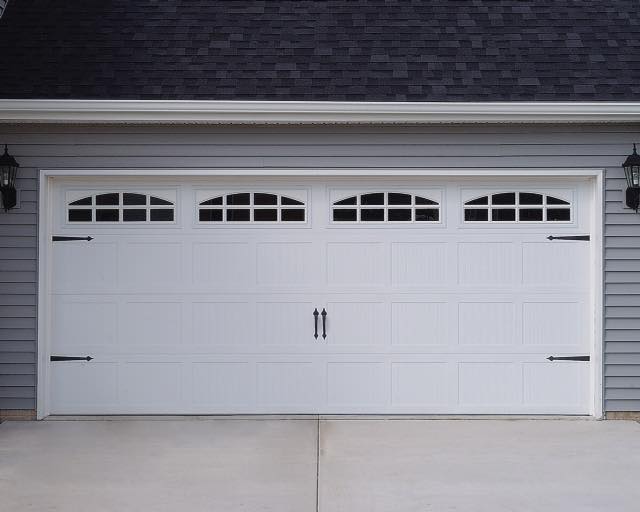

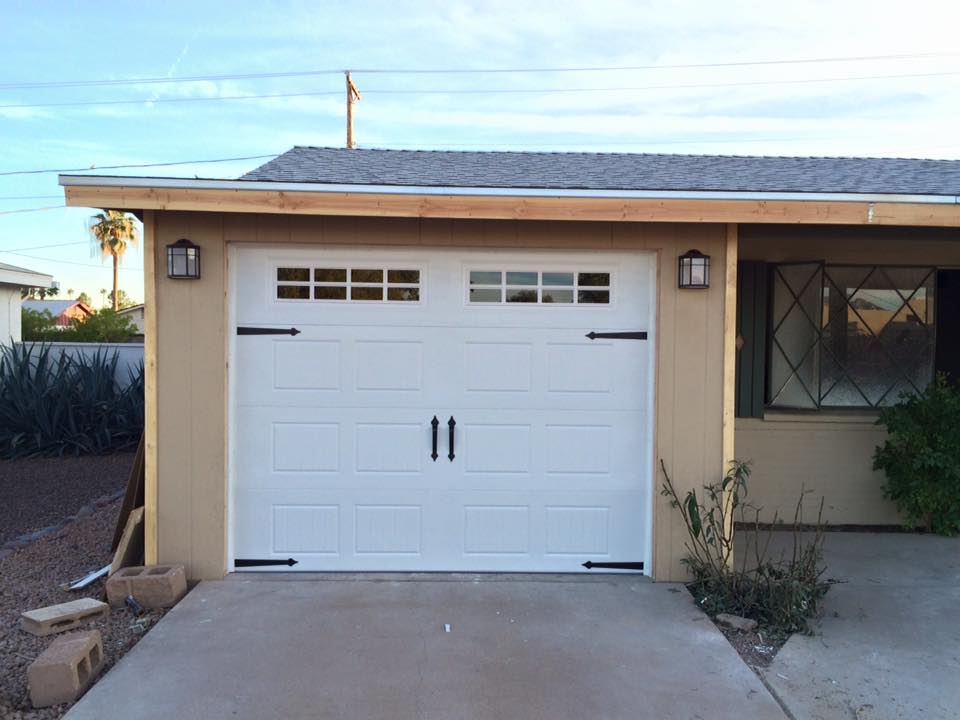

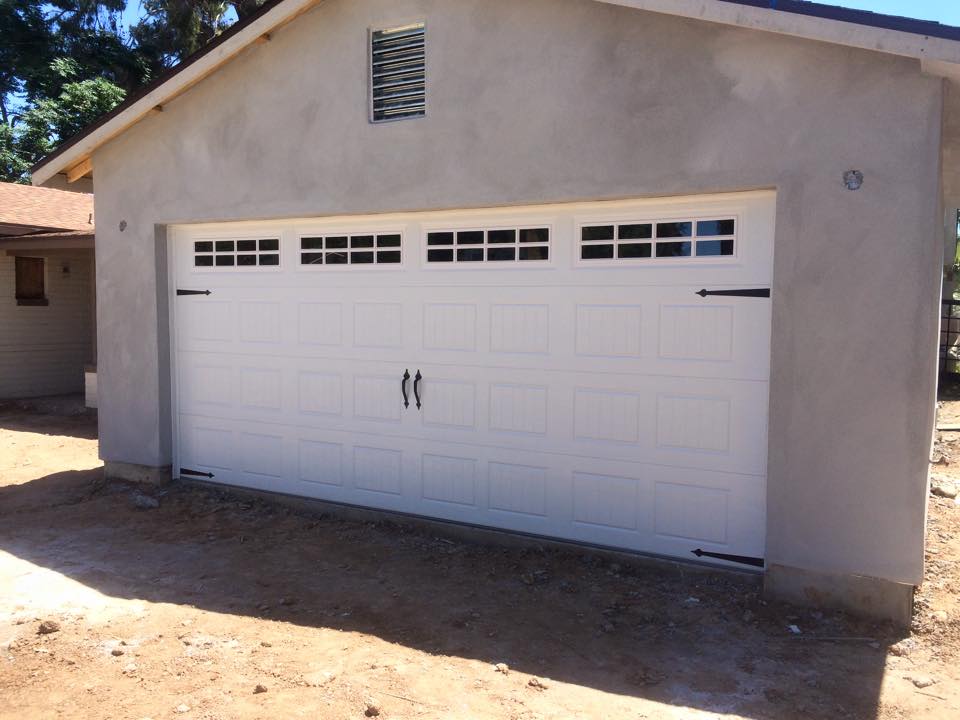

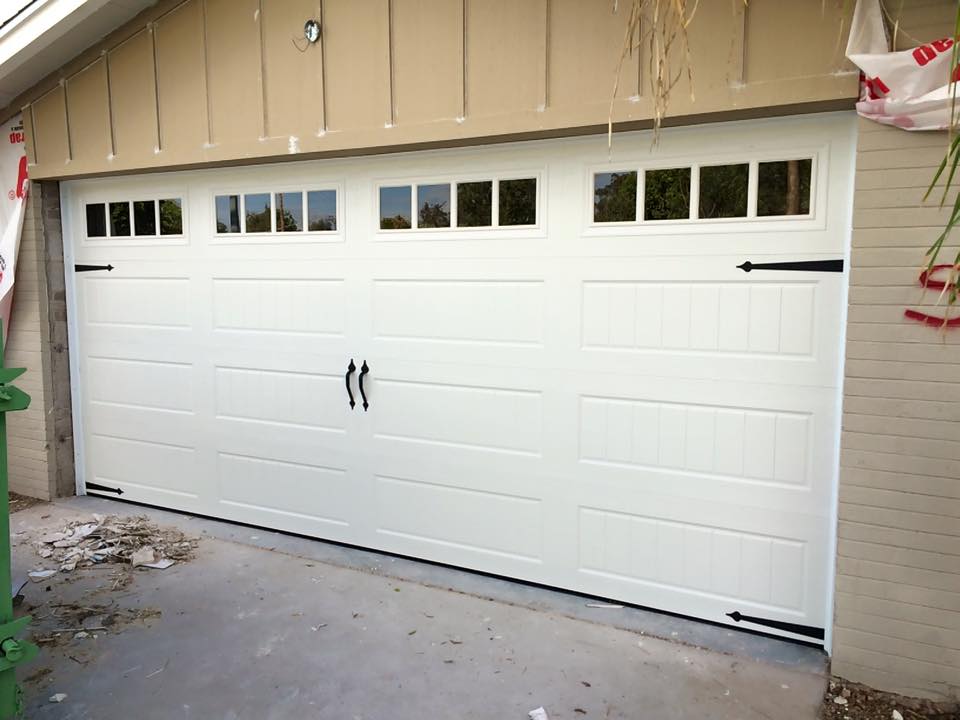


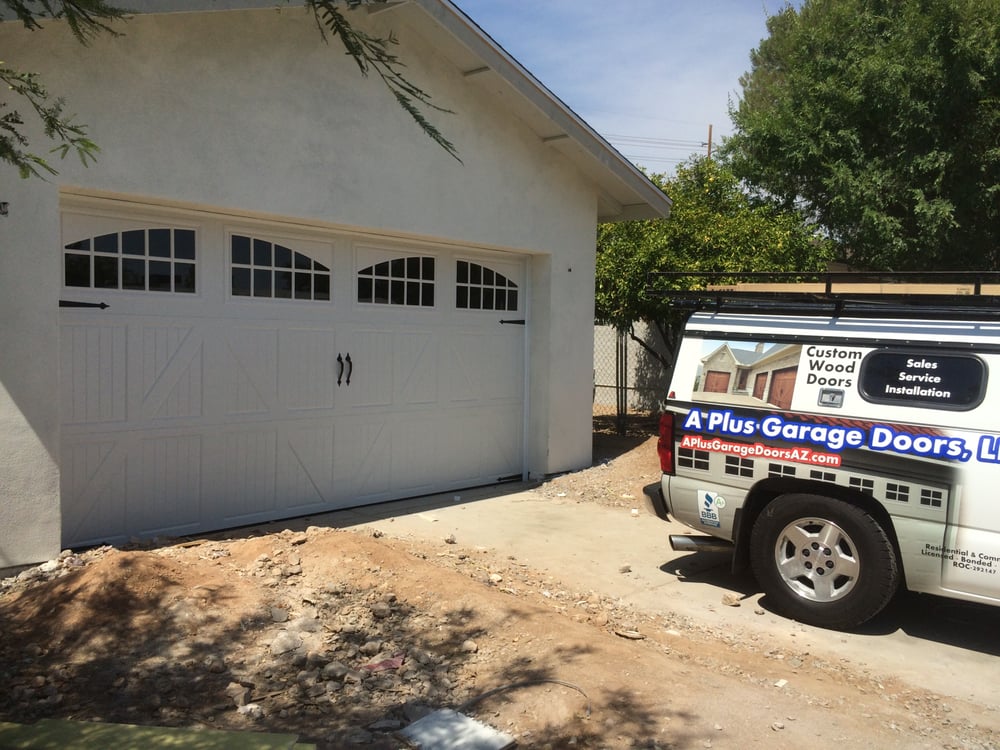




.png)
